PULCHELLUM Michaux, 1803
Synonyms :
Chetyson pulchellum (Michaux) A.Löve & D.Löve (1985)
Sedum linifolium Nuttall (1818)
Sedum pulchrum DC (1828)
Sedum vigilmontis Small (1933) / Chetyson vigilmontis (Small) A.Löve & D.Löve (1985)
Distribution : Eastern USA (predominantly in the drainage of the Mississippi River, on the interior low plateau and on the Ozark Plateau), 135 - 470 m.
Description (according to 't Hart & Bleij in IHSP, 2003) :
Glabrous annual or perennial herbs perennating through the development of persistent, simple or branched, vegetative shoots.
Leaves alternate, spreading, linear to oblanceolate or spatulate, obtuse to rounded, papillose at the tip (in rosettes), with 2 sagittate spurs, subterete, 5 - 32 x 1,5 - 5 mm, pale yellow-green.
Inflorescences : Flowering branches erect, 6,4 - 23 cm, inflorescences cymes with 3 branches.
FIowers 4- (to 7-) merous, sessile or subsessile, sepals basally free, unequal, linear-lanceolate, acute or obtuse, light green, 1,3 - 5,8 x 0,5 - 1,5 mm, petals free, narrowly linear-lanceolate or elliptic-lanceolate, acute or obtuse, carinate and slightly channeled, pure white to purple, ± 6 mm, erect or subdivergent, filaments white or pinkish, anthers red or purple.
Cytology : 2n = 22, ± 42
Ray Stephenson (Sedum, Cultivated Stonecrops, 1994, p. 207) :
Common name : Bird's claw sedum.
Once this colorful stonecrop was commonly offered in the trade as a summer bedding plant, but now Sedum pulchellum is somewhat difficult to acquire. Large, lilac-pink "cock's combs" of flowers in early summer are a joy to behold, but plants invariably act as annuals. Linear leaves are extremely amplexicaul, and stems rise to about 15 cm (6 in) high when in flower. Inflorescences have large, arching branches, each with many flowers, making the plant very floriferous.
Habitat : This stonecrop is from the Eastern Cordillera, Appalachians, and adjacent Great Plains as far west as the Mississippi Basin, especially on shallow soils or moss on limestone, and mostly on low plateau below 400 m (1300 ft).
Main points of distinction : Amplexicaul leaves with two sharp basal lobes and the very floriferous nature of the plants are the best aids to identification. Flowers are mostly 4-par-tite, but 5-partite is not unusual. Flower buds are lilac-pink, but, when open, petals are nearly white. Sepals are short and unequal. Anthers are purple. Carpels are erect at first, but flowers become kyphocarpic in fruit.
Variation : Clausen claimed that in the wild this species was sometimes confused with Sedum nevii as both species can have flat, relatively wide leaves. In cultivation, leaves of S. pulchellum are invariably terete. Some forms also have a greater propensity to perenniate themselves ; different levels of ploidy have been investigated with 2n = 22, 44, and 66 (x = 11). Diploids tend to be perennial and these sometimes have flat spathulate leaves, but are rarely seen in cultivation (Leaf shapes, fig 5m).
Horticulture : This is a difficult plant to perpetuate though several commercial outlets propagate from cuttings in late summer and offer strong, healthy plants each spring. Propagations are kept damp in frost-free grow-tunnels during the winter months. The plant certainly detests full sun, baking conditions, and drought. It seems happier in wetter, shady sites. For many years I have failed to perpetuate it in any particular spot, but by keeping plants in a variety of overwintering sites, at least one usually survives. Unfortunately, the plant that survives tends to be from a different site each year. Growing from seed is perhaps less chancy, but I would recommend a damp, frost-free location with excellent ventilation, as young plants damp-off easily.
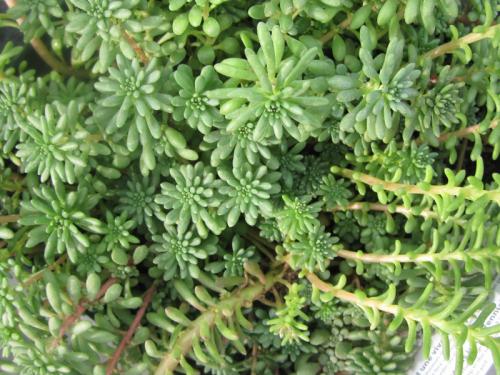
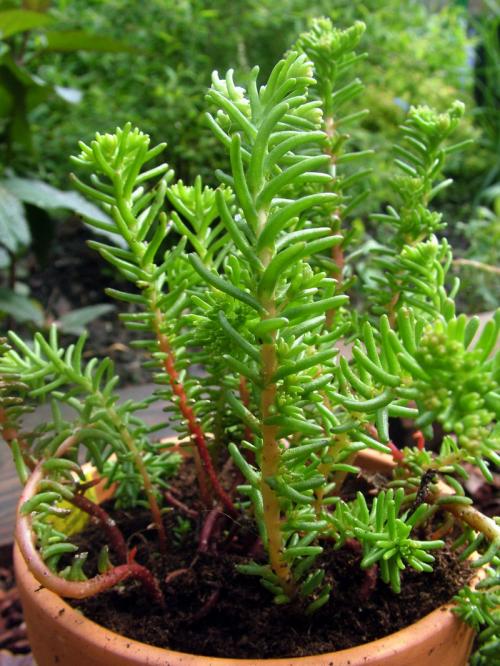
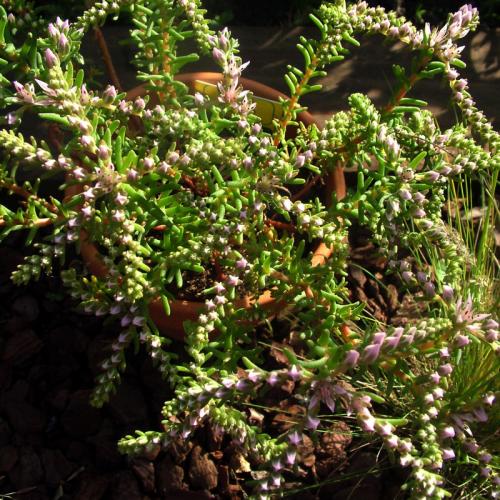
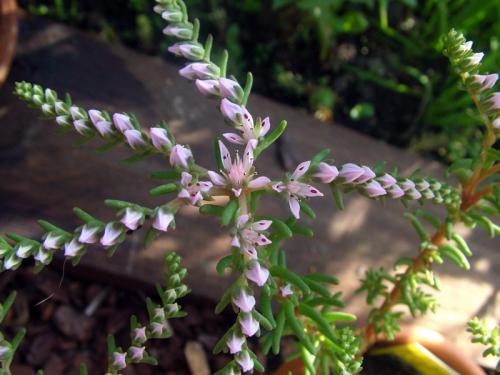
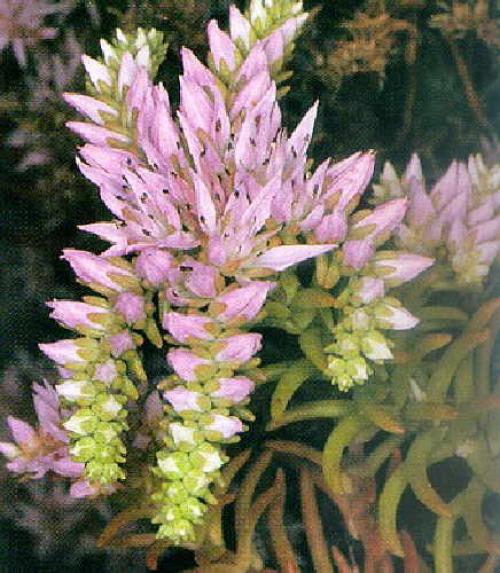
Photo Ray Stephenson